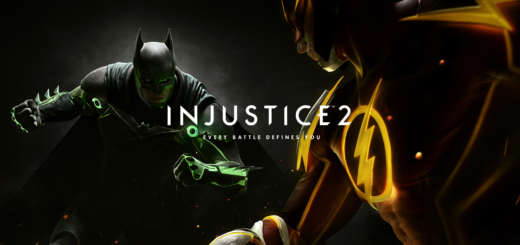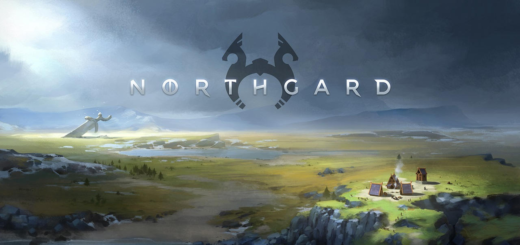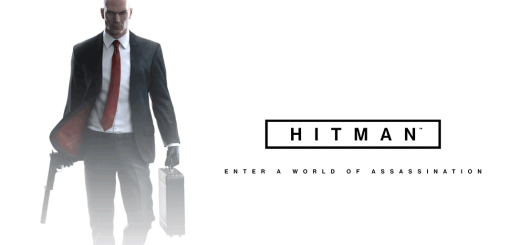Early Impressions: GRAVITY RUSH 2
In this Crossfader series, our video games staff takes a look at early versions of upcoming releases so that you can know which hype trains to board.
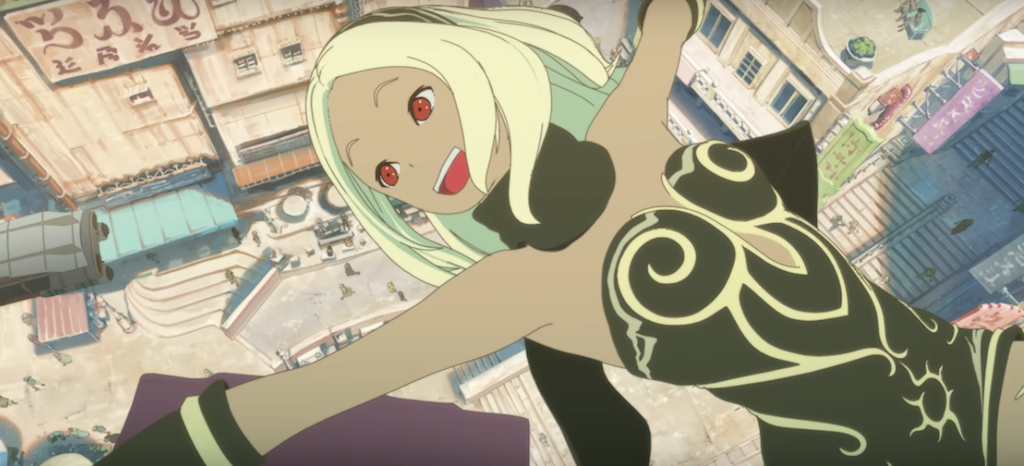
GRAVITY RUSH is something of an enigma. Yes, it at first appears like nothing that ever came before it. A superhero who can alter how gravity affects her? It’s a novel concept, to be sure. But it reminds me, more than any other title, of gaming’s ground zero: the original SUPER MARIO BROS. The pure versatility of a player character’s main ability, allowing the same skill to be used for movement, combat, and puzzle solving, has only ever been achieved on the same level in that Nintendo classic (and maybe PORTAL). It was an ambitious idea, albeit one that wasn’t fully realized thanks to the limitations of the Vita’s hardware.
GRAVITY RUSH 2, built from the ground up for the PS4, is just as big and beautiful in its demo alone as the original game. In it, we follow Kat, the aforementioned Newtonian paradox, along with her magical cat Dusty and her pal Syd, as they arrive at the floating city of Jirga Para Lhao. But before she can take in the sights, Kat gets caught up in foiling the robbery of her new boss’s illicit cargo.
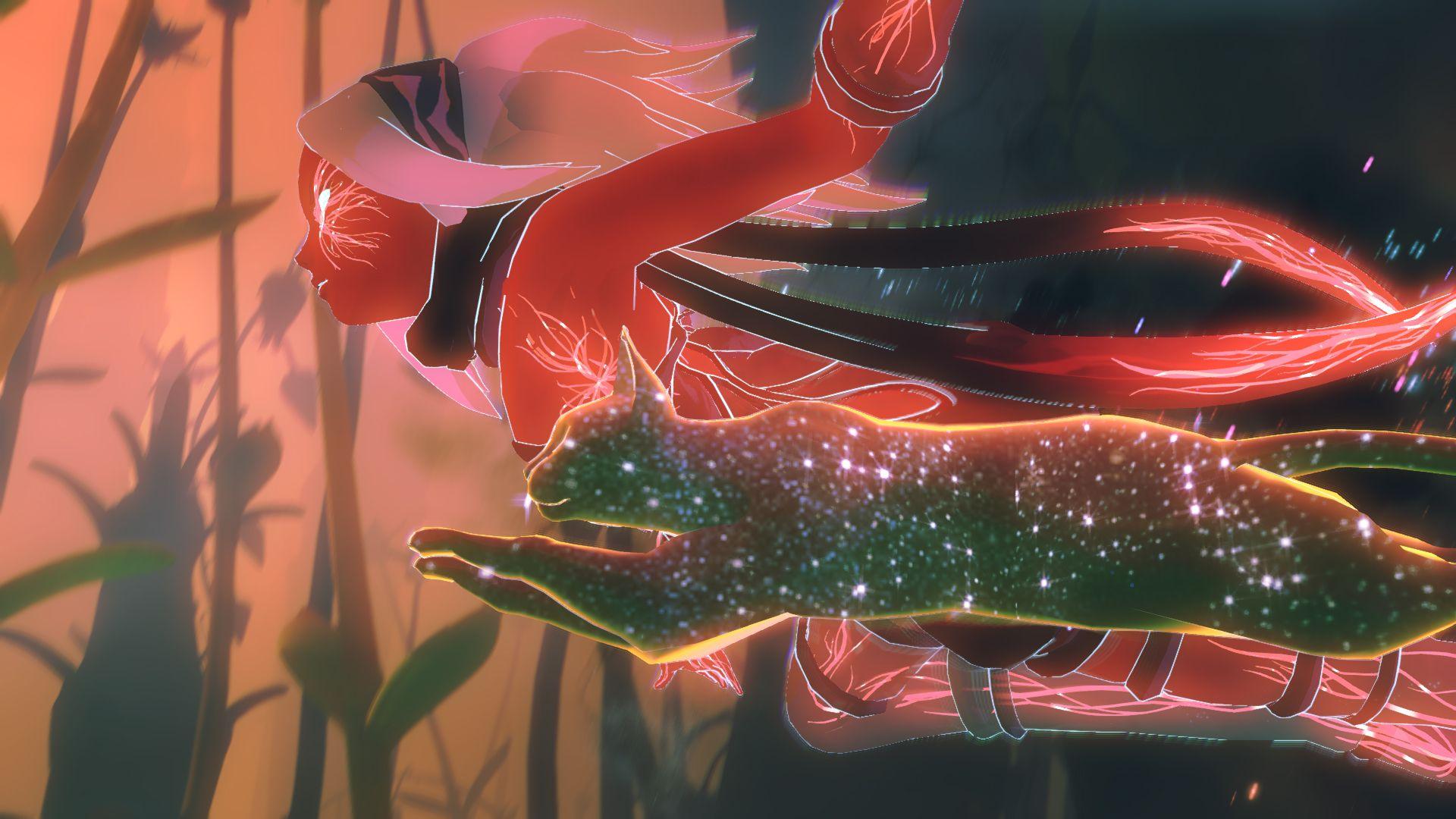
And then the catnip kicks in
The demo for GRAVITY RUSH 2 intriguingly branches its plot based off of the difficulty chosen by the player at its onset. The “beginner course” brings new players up to speed on the unique mode of play: Kat can choose to refocus her center of gravity wherever the camera is pointing, lending her a haphazard, SUPER MONKEY BALL-style of falling/flying through the air and, yes, into enemies. This tutorial mode demonstrates the greatly streamlined controls, as well as the return of the Nevi, the bloblike monsters that terrorized humanity in GRAVITY RUSH.
The “advanced course” is where things get really interesting, and where the bulk of the new innovations lie. Kat gains two additional styles of gravity “shifting,” which help supplement her fighting abilities. Lunar Style lessens the effects of gravity on Kat, allowing her to fly faster and warp at more agile enemies. Jupiter Style, on the other hand, increases the effects of gravity on Kat, making her fly like a brick, but hit like one too. Perhaps GRAVITY RUSH’s weakest aspect was its reliance on a grand total of four attacks and three “supers,” a catalogue of moves that quickly grew stale. With Kat’s revamped abilities, the combat of GRAVITY RUSH 2 may finally earn its wings.
It’s the finale of the advanced course that takes the cake, though. Jirga Para Lhao’s military joins the fray, providing a more conventional, yet even more challenging, foe than the Nevi. Soldiers go down a lot quicker, but they also appear in greater numbers, and their guns and missiles mean that Kat can no longer simply float upwards to safety when the going gets rough. The tension is heightened even more when the enemies call in mechs, combining the firepower of the military with the size and durability of the Nevi. Even with the arrival of Raven, a fellow gravity “shifter,” as an ally (another first for the series,) this climactic battle is far tougher than anything in the original GRAVITY RUSH.
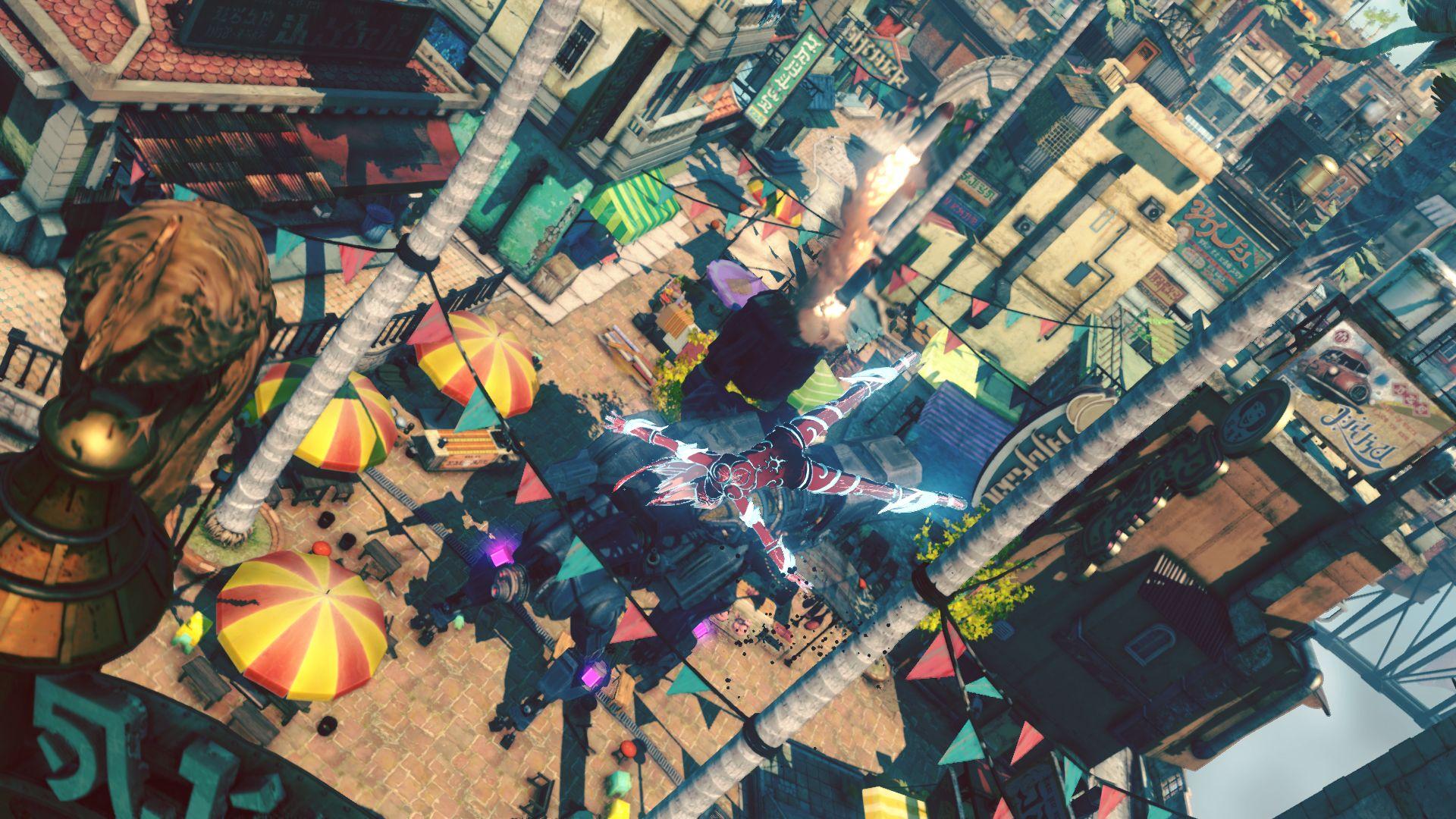
I’m not even sure what’s going on here
This expanded roster of characters, as well as the tools to use against them, echoes a sentiment shared by many of us here at Crossfader in what a “next gen” experience should entail. It leaves me looking forward to GRAVITY RUSH 2’s gameplay, something I couldn’t say about the original, and I can only hope the full game expands on it. What didn’t need improvement from the first game, but sure as hell got one here, is the overall look.
The game’s art style still utilizes a mix of cel shading, manga and comic influences, and French bande dessinee aesthetic to present visuals that are distinctly neither Japanese nor Western in feel, but rather something in between. The way these graphics are utilized, however, has been completely recontextualized. Where GRAVITY RUSH’s Hekesville was a flying hybrid of Paris and New York, Jirga Para Lhao takes more from Bangkok, Rio de Janeiro, and other metropolises from both South Asia and South America. The brighter, more vibrant color palette brings the bustling markets, sun-dappled streets, and deep blue skies to life, a far cry from the more earthen hues of GRAVITY RUSH.
And speaking of life, Jirga Para Lhao feels far more alive than the previous overworld. Though the Vita could render massive cityscapes, there wasn’t much to do in them, which applied to player and NPC alike. The population in GRAVITY RUSH 2 appears to be a different story entirely. The streets are packed with vendors hawking their wares, gamblers playing their games, jugglers, and balloon salesmen who are all just begging to be launched into the air. It’s all enhanced by the returning jazzy score and made up, Ueda-esque pidgin dialect from the first game, making this fantasy world feel, more than ever, both relatable and completely alien.
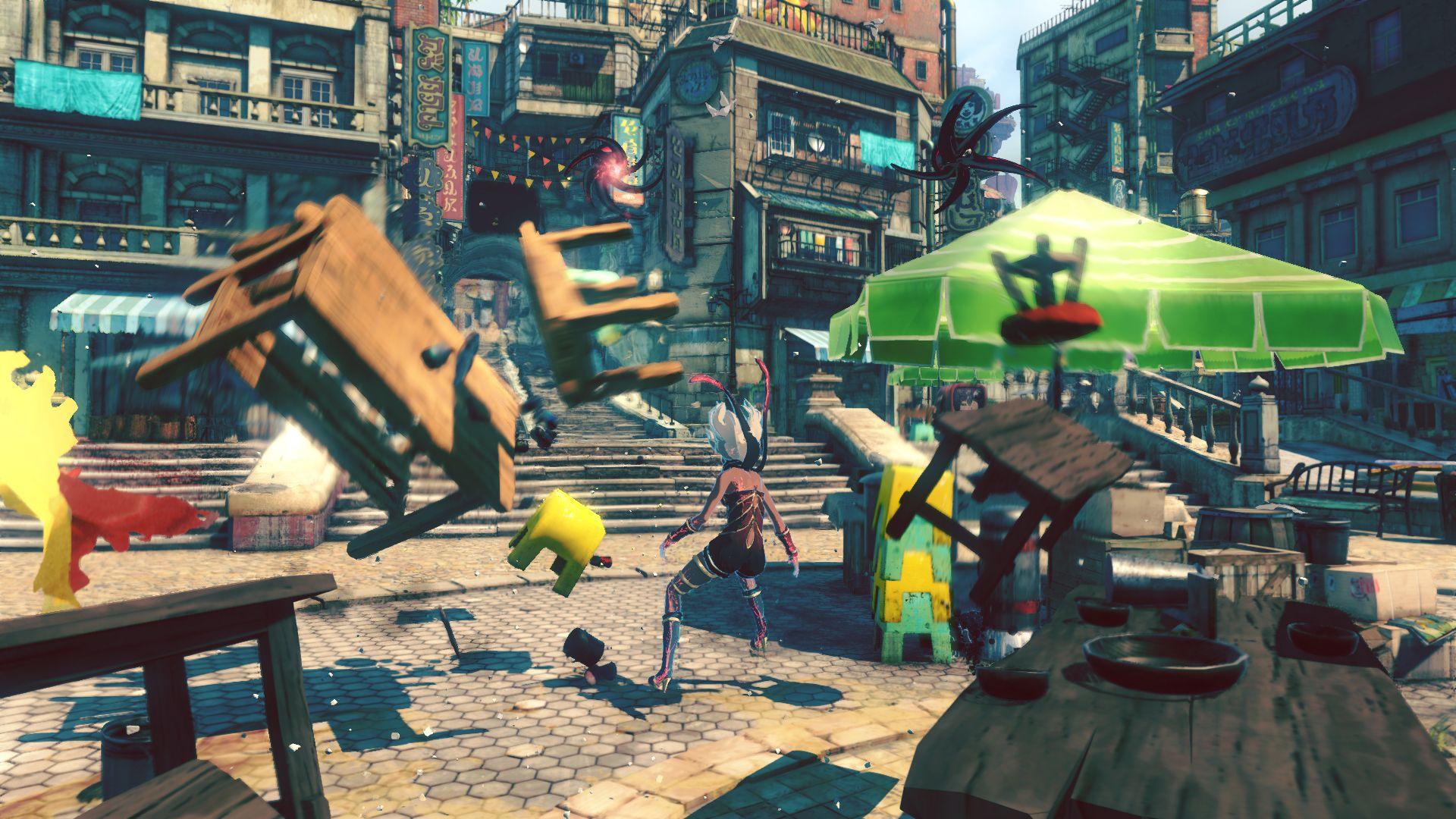
To reiterate, Crossfader does not condone vandalism
In all fairness, the demo only encompasses three city blocks of a world that has been promised to be more than double the size of GRAVITY RUSH, so there’s no telling if the rest will measure up to the standard here. Additionally, I did experience some issues with NPC pop-in when I sped through the streets at maximum speed. This is alleviated somewhat by the clever inclusion of clouds that help conceal texture pop. Though it’s too early to make a clear verdict on how the full game will run, the demo leaves me cautiously optimistic.
Though GRAVITY RUSH 2 is only a month away, I haven’t felt as much anticipation for a game in some time. Though I wasn’t completely sold on the first GRAVITY RUSH’s execution, the PS4 sequel shows real potential to deliver on the promises the Vita simply couldn’t keep.
GRAVITY RUSH 2: DEMO VERSION is free to download on PS4.

